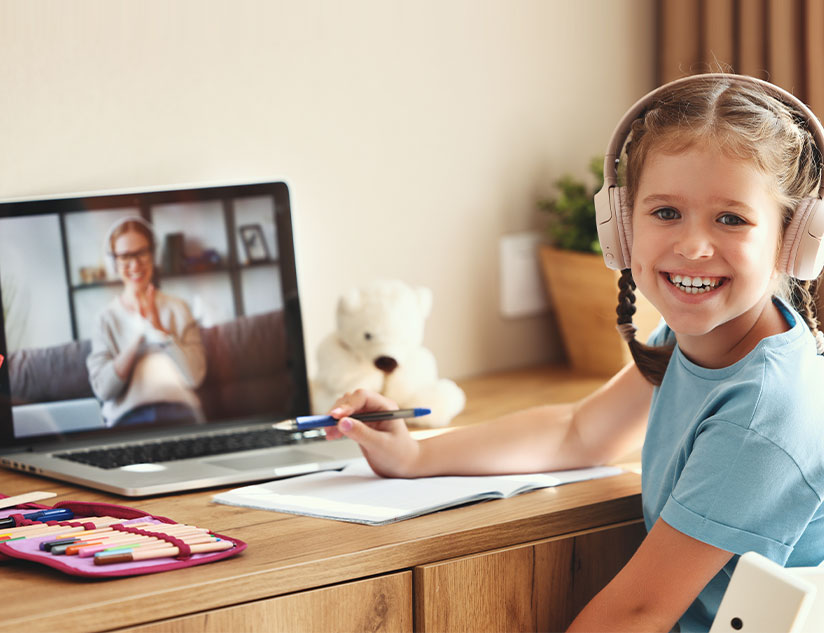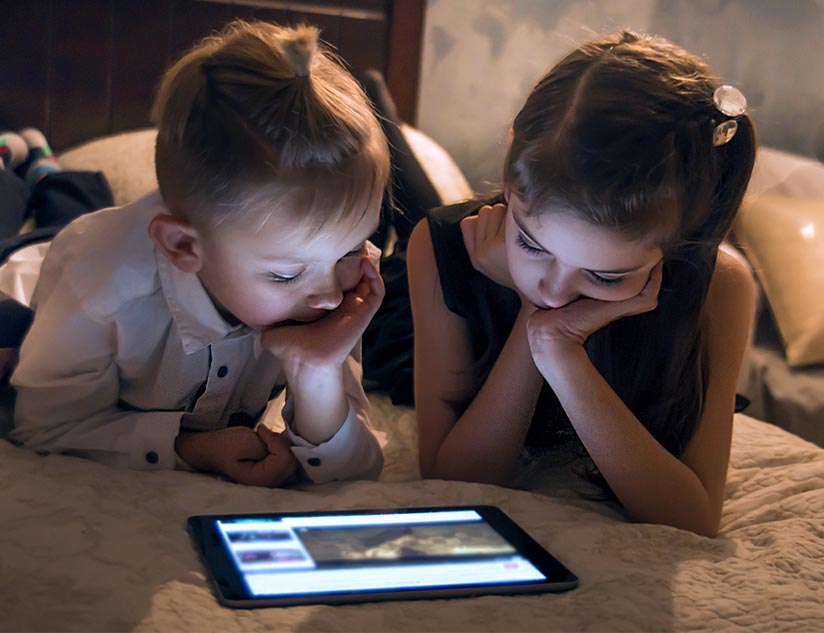The COVID-19 pandemic has been a game changer for the education world. Almost 1.2 billion students have been affected by school closures worldwide. The traditional education system has been crippled, as learning within physical classrooms no longer feasible. Even with businesses reopening across the world, reopening schools continues to be a cause for concern.
The reason for this is that ensuring social distancing and personal hygiene can be a difficult challenge in the K-12 environment, especially with the younger children. The guidelines recommend a minimum distance of at least 6 feet between any two people at all times. The number of people participating in indoor activities, such as gym class, need to be limited to 10, while the limit for outdoor activities is 20. In addition, regular sanitization of all surfaces, temperature checks and monitoring the wearing of masks for every single person entering the premises are all required. All of this can be extremely difficult for schools.
In the meantime, schools have resorted to remote learning, so that students continue to receive education even during the pandemic. While virtual classrooms are an excellent alternative to physical ones, they come with their own set of challenges.
Barriers to Remote Learning
Some of the major challenges that make remote learning less effective are:
Non-Availability of Internet Connectivity
A recent survey revealed that during the pandemic, 40% of the children from low income households were accessing remote learning once a week or even less. On the other hand, 83% of the children from families making more than $100,000 took advantage of remote learning every day.
This difference in access to remote learning is largely because of the lack of reliable internet access and appropriate devices among certain demographics. In fact, around 25% of American households lacked internet access in 2019. Children from poorer homes are 6 times more likely to use public Wi-Fi for education, which is not an option during lockdowns.
Students with Disabilities
Online learning might ignore the needs of students with disabilities. This is a significant problem when you realize that 14% of all students or 7 million students in America alone have some form of disability. These disabilities range from ADHD to hearing impairments, vision problems, emotional issues and other health impairments. For remote learning to be effective for these students, it needs to be much more than just plain text or a video conferencing app.
Mental Availability
During the pandemic, many families are also going through health, safety and food security challenges. This can lead to emotional problems and persistent stress, which could lead to the student being unable to concentrate on learning. Caregivers and parents are also extremely busy in many cases. This leaves students without any emotional support. Children’s routines have also been impacted by the pandemic.
Low Attention Spans
Studies show that students today have an attention span of around 10 to 15 minutes at the most. But that is in physical classrooms. Let’s admit it, sitting through a Zoom video conference-based lecture doesn’t make for the most engaging experience. This means that students often get involved in activities other than learning.
Making Remote Learning Accessible to All
It is important to understand that children are facing unprecedented problems during the coronavirus pandemic. Some of the things that make learning accessible are:
Offline Learning
With the ability to access learning content even in the offline mode, the obstacle of internet connectivity can be solved. Schools that use advanced learning management systems for content delivery are able to offer offline eReaders, which allow students to download content and view it at their own convenience, even if there is no internet connectivity. Students can make annotations, highlight text and bookmark pages in the offline mode. The next time they go online, all these get synced for future access.
Multi-Device Access
Learning content should also be available across different devices, through both web and mobile apps. This ensures that even if there is no access to a laptop or desktop, students can continue learning on smartphones or tablets. Therefore, the content should be compatible with Android, iOS and Windows, while also being available through a web browser.
Multimedia Content
The problem of short attention spans in remote learning can be solved by integrating interactive, multimedia elements. The use of audio, video, and gamification features makes learning much more interesting for students. Plus, the availability of features such as highlighting of text, adding notes, searching for any phrase or word, sharing, drawing in eBooks, etc., makes learning easier. Providing a multisensory experience helps hold attention for longer.
Accessibility Features
Any LMS being used by educational institutions should be compliant with latest ADA and WCAG guidelines. For students with visual impairment, the read aloud feature can be extremely beneficial, while for those with auditory problems, closed captioning can be helpful. Students with dyslexia and ADHD often have problem absorbing large chunks of information. This can be solved by using microlearning content.
Empathy
The effectiveness of all this technology is only enhanced with the human touch. When the EdTech being used allows teachers to follow the progress and learning behaviors of each student, it helps them provide personalized support. Many students are anxious or under stress during this unprecedented crisis. This can have a serious impact on their ability to focus and, therefore, their learning outcomes. It is, therefore, vital for educators to communicate regularly with students, while providing progress reports to students through a digital learning platform that makes sharing analytics effortless. After all, the teachers are also facing their own share of stress and anxiety. Communicating with students can be achieved through message boards, discussion forums or one-on-one video calls.
The pandemic has raised some serious challenges for the education system. But with the help of the right technology, bolstered by the human touch, we can ensure that effective learning continues for all students.















